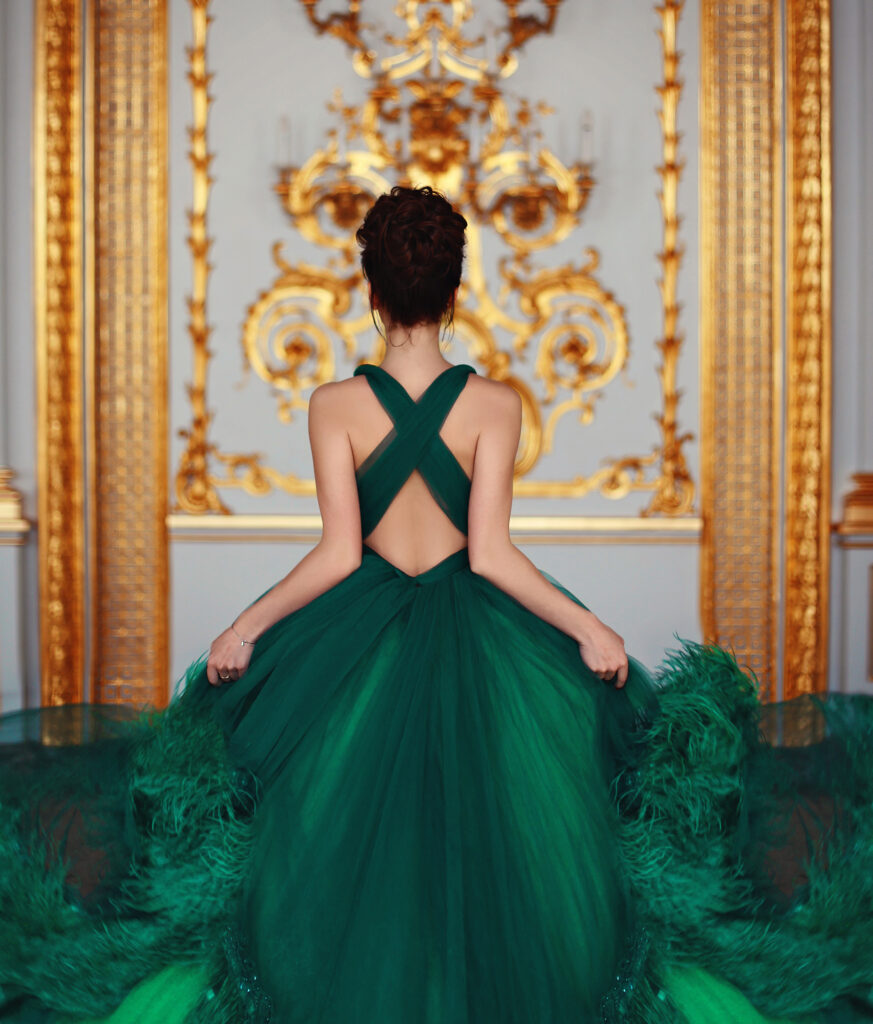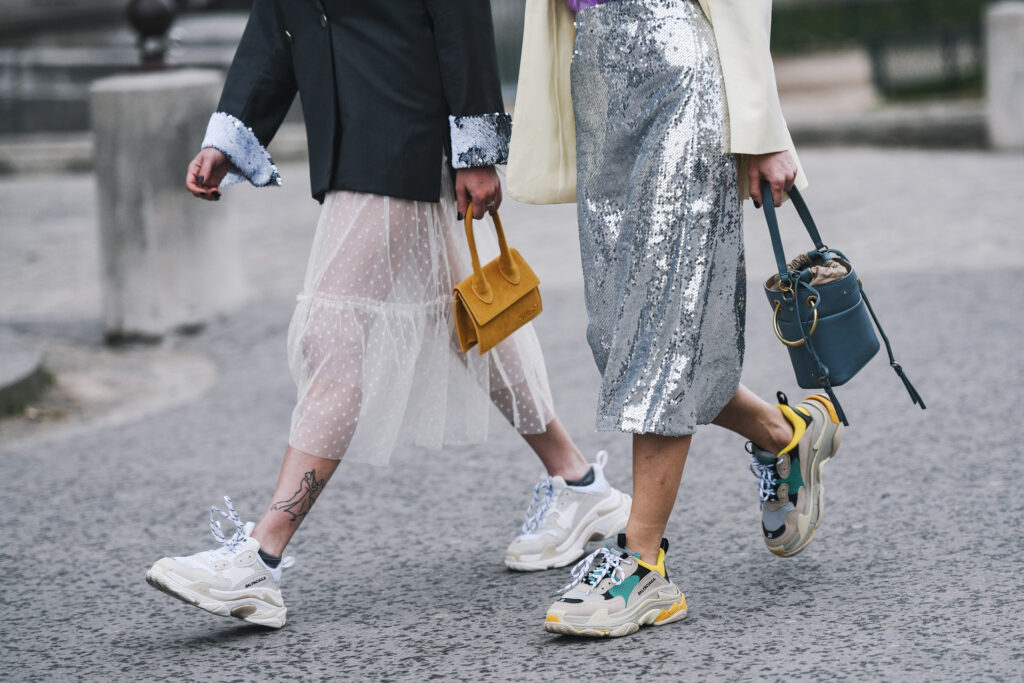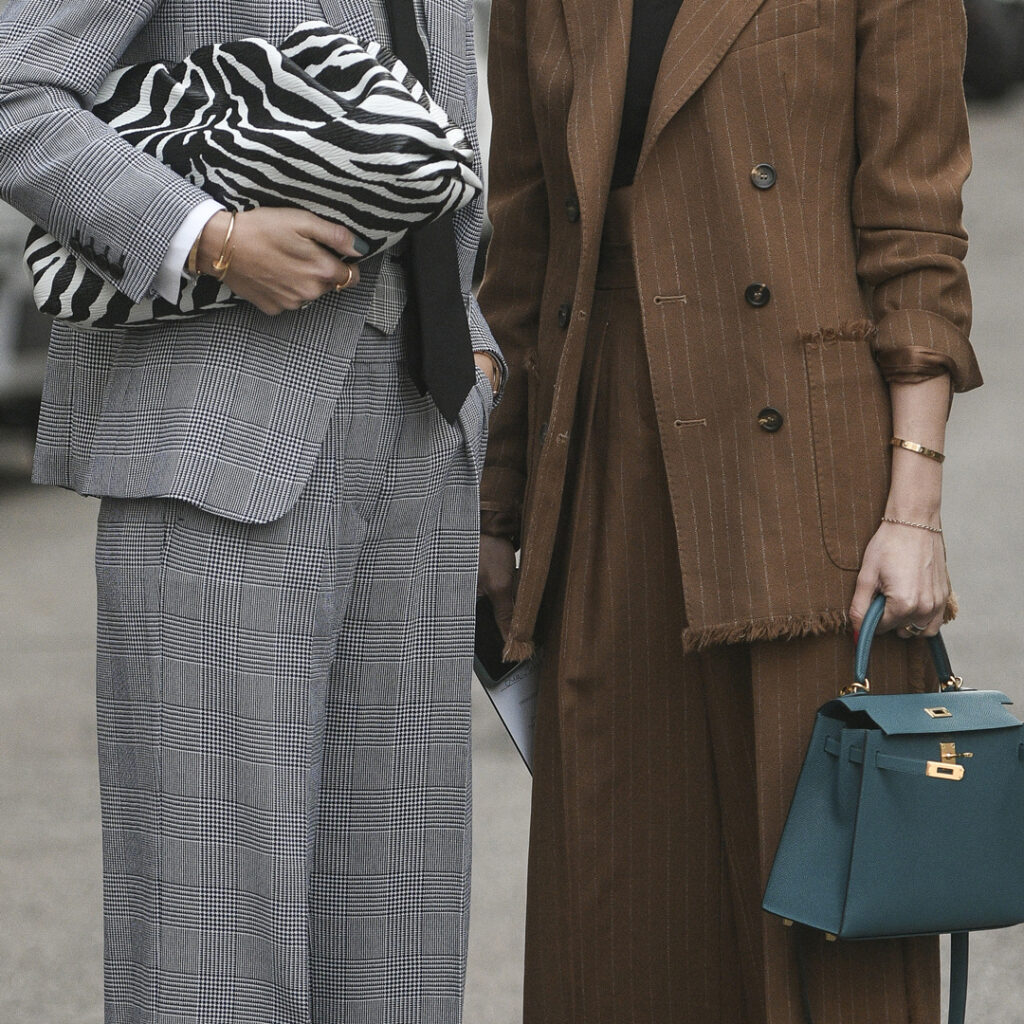Categories in Fashion
20 September 2021
5 min read
Share

Every collection has its own personal look, target, price list, target customer, marketing strategy, supply chain, manufacturers, suppliers, logistics, and more.
Based on the parameters above, brands can be catalogued into 4 different categories: Haute Couture, Prêt-à-Porter, Contemporary, and finally High Street. Categories differentiate one from the other quite substantially. In the next sections, we will see how.
Haute Couture
The term Haute Couture means High Dressmaking, if literally translated from French. The term was born in France, in the mid-nineteenth century, where the high society women would have their garments made-on-measure, or, as we would say today, custom-made.
In particular, we refer to the British designer Charles Frederick Worth, who, for the first time in history, would allow her clients to choose the fabric, the colors, and the trims before starting his creative process.
Haute Couture garments are of premium quality, completely realized by hand with expensive fabrics and special trims. Detailed, time-consuming and refined techniques are normally used to sew these clothes.
It needs to be highlighted that not everyone can take a seat at the restricted and exclusive Haute Couture table. Those who can, are selected by the Chambre Syndicale de la Haute Couture Parisienne, founded in 1868, and need to follow precise rules and must fit into specific parameters to qualify. Haute Couture is a protected name and cannot be used without the Chambre de commerce et d’industrie de Paris’ authorization.
To be an Haute Couture Maison, fashion houses need to:
- Do custom-fitted clothing for individual clients, both in terms of design, size, and tailoring.
- Realize more than one fitting for every piece created.
- Have more than fifteen employees, working full-time, in their ateliers.
- Have more than twenty full-time technical people.
- Have to present their collection twice a year, in January and July during Paris Fashion Week.
- Each collection needs to include at least 50 styles (both daily and evening outfits).

Today’s Haute Couture catwalks are not for sales purposes, but rather for marketing and publicity. Fashion shows have the aim to elevate the brand image and get customers to buy their “lower” RTW collection and accessories.
The price per piece is very variable, and it is normally not less than $30,000. Even though the prices are extremely high, made-on-measure garments are not the primary source of earnings, due to their complexity and quality.
The Haute Couture Maisons that participated in the last 2019 fashion week are Alberta Ferretti Limited Edition, Alexandre Vauthier, Alexis Mabille, Antonio Grimaldi, Armani Privé, Azzaro, Balmain, Chanel, Christian Dior, Dundas, Elie Saab, Giambattista Valli, Givenchy, Guo Pei, Iris van Herpen, Jean Paul Gaultier, Luisa Beccaria, Maison Francesco Scognamiglio, Maison Margiela, Ralph & Russo, Ronald van der Kemp, Schiaparelli, Valentino, Viktor & Rolf, Zuhair Murad.
Heads up: most of the Haute Couture Maisons also present lower collections, that pertain to the ready-to-wear category, to reach a larger slice of the market and increment sales.
Prêt-à-Porter
The second category is Prêt-à-Porter or, in English, Ready to Wear (RTW). The garments pertaining to this category differ from the Haute Couture ones because they are factory-made, in series and in different quantities (this change from brand to brand), and, above all, in standard sizes. That being said, Prêt-à-Porter garments are still considered luxury items.
Thanks to the standardized sizing the RTW garments are tailored with, these fit nicely the majority of the population and normally require very small modifications.
RTW collections are presented twice per year in many different cities during the Fashion Weeks. The Big Four and main Fashion Weeks are New York, London, Milan, Paris.
RTW and Haute Couture fashion weeks are held in different yet close periods of the year.
Prêt-à-Porter garments set the latest trends and are a very important source of income for brands. Also, in this case, the price per article can vary a lot, from $500 to $5000.
For your better understanding, some of the fashion brands that belong to this category are Fendi, Calvin Klein, Prada, Vera Wang, Celine, Versace, Dior RTW, Ralph Lauren, Balenciaga RTW, etc.
Contemporary
Contemporary is the third fashion category and it’s the fastest-growing one, together with High Street, in today’s fashion industry. Nowadays, the majority of the customers select a Contemporary fashion brand as the best choice to spend their money!
Contemporary fashion designers are not considered part of the luxury market. These brands offer good-quality, on-trend garments, at a lower price compared to RTW brands. Also, the production quantities are definitely higher than the Prêt-à-Porter fashion houses.
Even though the Contemporary garment unit price is surely lower compared to the RTW unit price, and therefore more affordable to “the most”, the prices fluctuate between $150 to $800.
These are just some of the many Contemporary brands: Self Portrait, Carven, BLK DNM, VB by Victoria Beckham, Tibi, Toga, Au Jour Le Jour, Ader Error, Jonathan Simkhai, Tome, and much more.
High Street
High Street brands are characterized by economic prices, poor-average quality garments, fast turnaround, many collections released during the year, and huge mass production.
While High Street designs are very trendy and cool, unfortunately, the manufacturing is not detail oriented and quite badly executed, both in terms of raw material used and garment construction.
These are just some of the elements that allow articles belonging to High Street collections to fall within a range of prices that go from $15 and $150 – prices extremely lower if compared to the other fashion categories.

Nowadays, High Street brands are strictly linked to the concept of fast-fashion. Initially, this term was used to describe the rapidity in which the outfits presented during the fashion week used to arrive in the shops, and in the consumers’ hands after the runway shows. Over time, fast-fashion has assumed a negative meaning, where the word fast actually refers to the rapidity with which the garments go out of fashion and are soon forgotten.
The main goal of High Street fashion houses is to achieve a very cost-efficient and quick production in order to respond to a constant change of taste and high demand of the consumers.
High Street brands normally own big single-brand stores and among the many names that belong to this category we can mention Zara, H&M, Bershka, Forever 21, Hollister, Topshop, Primark, etc.












